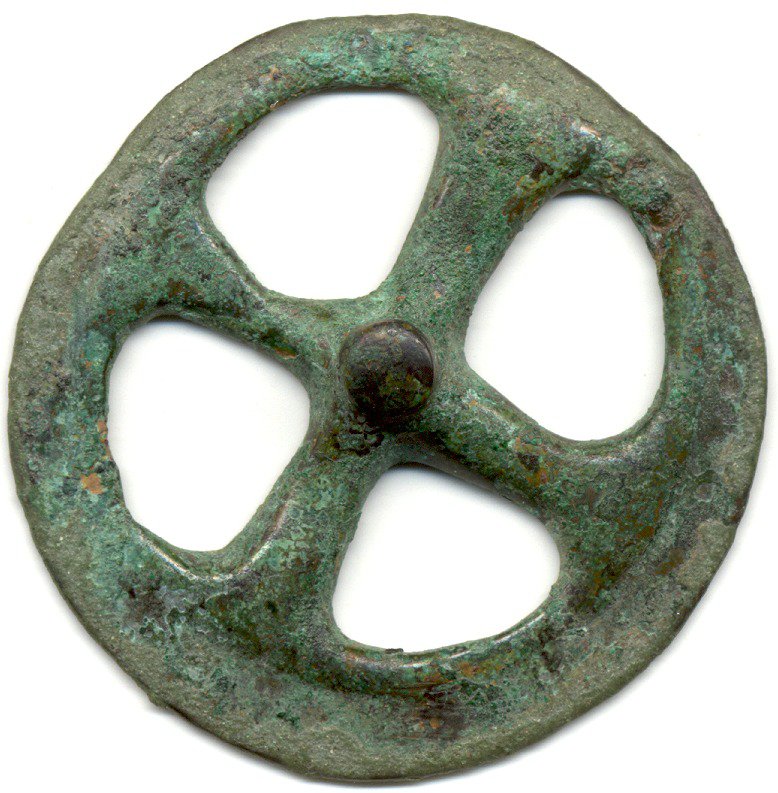
The Wheel is one of those human designed objects that doesn’t even seem like an invention. It simply feels like they have always been around, but they actually haven’t. The term itself “reinventing the wheel” is often used when pointing out when a very basic and stupid statement is made. Yet, the invention of the wheel itself is nothing but simplistic.
Where did the idea come from?

The wheel is an incredible invention that goes beyond it’s use because there are no wheels in nature. There was no imitation of an animal skill, nor of a natural phenomenon. The closest spherical object humans saw was really the sun and the moon. The idea of a wheel was most likely born out of the necessity of rolling heavy objects on logs to move them to a desired location. For example, to build a monolithic temple.
Where was the Wheel invented?
The invention is so unique that it is believed that the wheel itself was not invented in multiple places at the same time. Scholars believe that wheels were invented in one location and its knowledge was spread through contact and commerce with other tribes or civilizations.
Mesopotamia or Europe?

It was initially thought that the invention of the wheel came from Mesopotamia as the first miniature clay wheel was found near the Black Sea. It is likely that they invented the wheel not for transportation purposes but for mostly for pottery. Mesopotamian wheels were made of stone or solid wood.
Recent studies suggest that the wheel might have been invented in Europe. The volume of discoveries of toy cars, drawings, and ruts are highly concentrated in Europe around the same time.
A sustained theory points to the invention of the wheel during the Copper Age in modern Ukraine. Trees were large enough that they could be cut to form solid wood wheels. In addition, the land was flat enough to make wheels an extremely useful tool. Archeologists, have found the oldest remnant of a wheel in nearby Slovenia, which would make this theory even more believable.
Linguistic Origins
The European theory is also based on the similarities of the word wheel in many different Asian and European languages. The root of the word appears to be Proto-Indo-European and it’s present in many other ancient languages.
Sumerians and Greeks
Sumerians are the first civilization to depict a cart with wheels drawn by animals. Yet, the invention of the wheelbarrow, the simplest wheel vehicle, is attributed to the Greeks due to overwhelming archeological evidence. Around the same time period, many similar vehicles have been found around Europe.
Evolution of the Wheel

The first wheels were made of solid wood. Their first uses were the wheelbarrow and the potter’s wheel, which made pottery much easier. The wheel by itself was a great invention but alone did not change the world. The world really changed when axe and wheel were first combined as the foundation of cats and wagons. This eventually led to using animals to pull, increasing the load and the speed of transportation.
It took almost 1,500 years from the first solid wood wheel to the invention of the spoked wheel (invention accredited to the Egyptians) and the chariot with iron rims, invented by the Celts. Both widely adopted by the Romans and by all civilization until the invention of tires.
References to Learn More:
History of the Wheel – The Invention That Created the Modern World (buyautoinsurance.com)
The Invention and Development of the Wheel (thoughtco.com)
History of the Wheel – autoevolution
Wheel – Wikipedia
A Salute to the Wheel | Science | Smithsonian Magazine